Target 15.1: Conserve and restore terrestrial and freshwater ecosystems
UN definition: "By 2020, ensure the conservation, restoration and sustainable use of terrestrial and inland freshwater ecosystems and their services, in particular forests, wetlands, mountains, and drylands, in line with obligations under international agreements."
Forest area - SDG Indicator 15.1.1
Definition: Indicator 15.1.1 is "forest area as a proportion of total land area".
Forest area is land under natural or planted stands of trees of at least 5 meters in situ, whether productive or not, and excludes tree stands in agricultural production systems (for example, in fruit plantations and agroforestry systems) and trees in urban parks and gardens.
Goal: "By 2020, ensure the conservation, restoration and sustainable use of terrestrial and inland freshwater ecosystems and their services".
Unlike most SDGs which have the target year of 2030, this indicator is set to be achieved by 2020.
Important biodiversity sites protected - SDG Indicator 15.1.2
Definition: Indicator 15.1.2 is the "proportion of important sites for terrestrial and freshwater biodiversity that are covered by protected areas, by ecosystem type".
Protected areas are covered by three indicators: the proportion of total terrestrial area classified as protected; proportion of important sites of terrestrial biodiversity who are protected; and proportion of important sites of freshwater biodiversity that are protected.
Goal: "By 2020, ensure the conservation, restoration, and sustainable use of terrestrial and inland freshwater ecosystems and their services".
Unlike most SDGs which have the target year of 2030, this indicator is set to be achieved by 2020.
Target 15.2: End deforestation and restore degraded forests
UN definition: "By 2020, promote the implementation of sustainable management of all types of forests, halt deforestation, restore degraded forests and substantially increase afforestation and reforestation globally."
Sustainable forest management - SDG Indicator 15.2.1
Definition: Indicator 15.2.1 is "progress towards sustainable forest management".
Sustainable Forest Management (SFM) is composed of five sub-indicators that measure progress towards all dimensions of sustainable forest management.
Three sub-indicators focus on the extension of forest area, biomass within the forest area, and protection and maintenance of biological diversity. One relates to the availability of a long-term management plan; and the final measures areas which are independently verified for compliance with a set of national or international standards.
Goal: "By 2020, promote the implementation of sustainable management of all types of forests, halt deforestation, restore degraded forests and substantially increase afforestation and reforestation globally".
Unlike most SDGs which have the target year of 2030, this indicator is set to be achieved by 2020.
Target 15.3: End desertification and restore degraded land
UN definition: "By 2030, combat desertification, restore degraded land and soil, including land affected by desertification, drought, and floods, and strive to achieve a land degradation-neutral world."

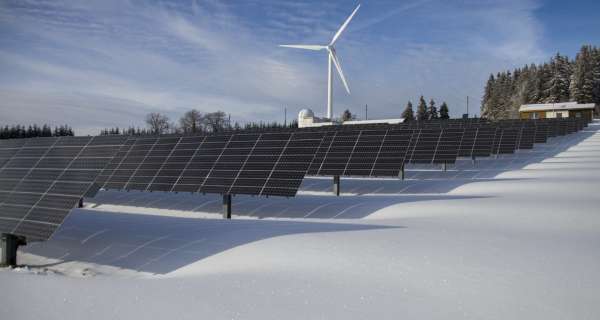

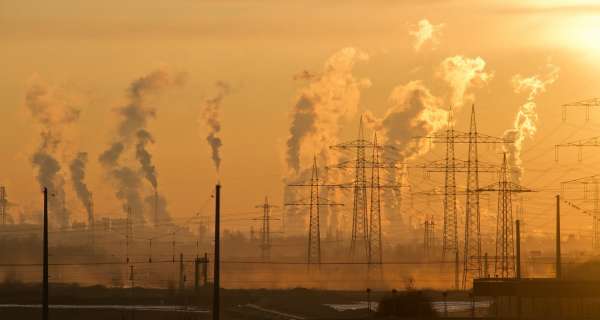





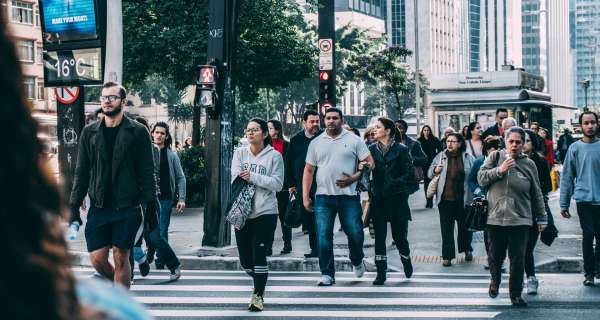




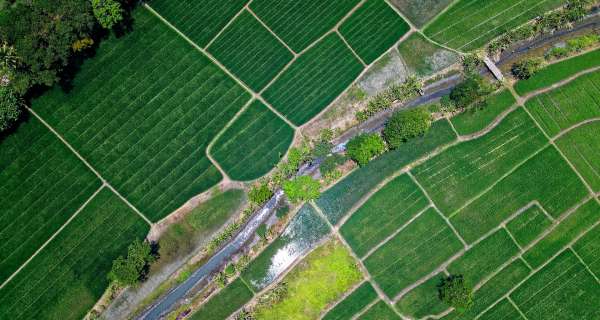

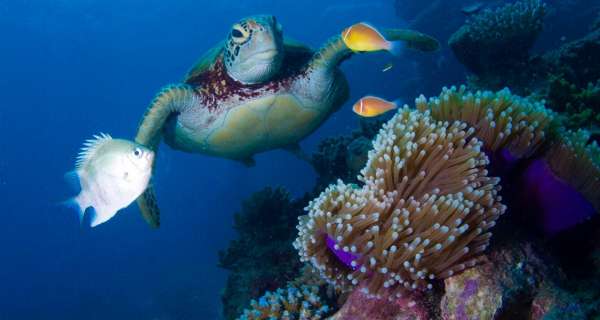









0 Comments